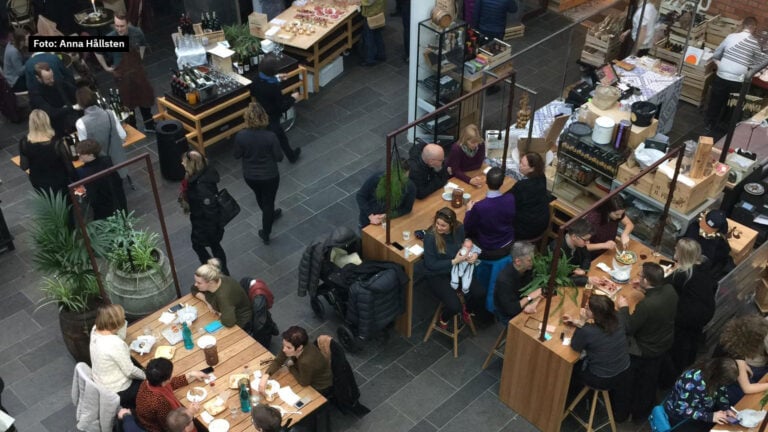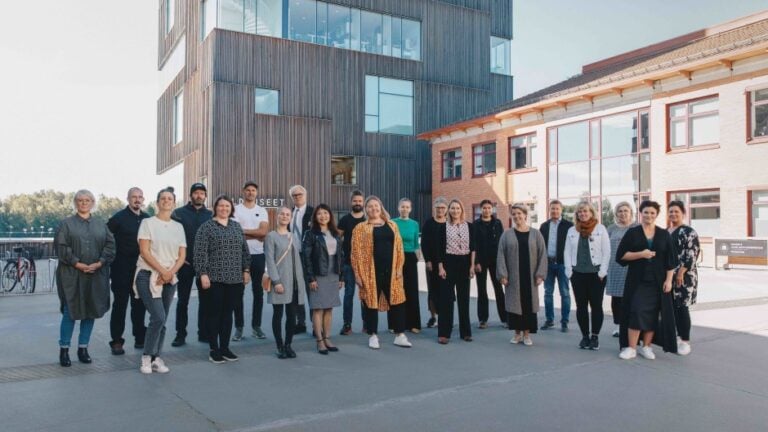During the current pandemic, many companies have developed their business models. The aim has been to respond to new and changing conditions, such as social distance and travel restrictions. For example, on-site visitor destinations, shops and accommodation facilities, which were subject to strict restrictions, have lost visitors. Simply because they have been difficult to visit. At the same time, businesses that are close to nature and have been able to offer corona-safe outdoor experiences have fared better.
As a consequence of the changed environment, companies' marketing strategies have also been reworked. For many, it has become clear that previously known and well-established customers and guests are no longer the primary target group. For example, foreign nature-loving visitors, as well as, for example, food-loving middle-aged couples with a steady cash flow, have not been able to travel freely as in the past. Instead, new target groups, such as the proliferation of home stays, have emerged as important.
Such examples include local families with small children, middle-aged couples with out-of-town children and young adults, and students. These are examples of target groups that were previously able to travel nationally and internationally but are now facing new needs and conditions. These differences have implications for the services and products that can and should be offered.
What the differences and consequences are will be important to analyse. For example, what forms of sales and marketing are appropriate for the new target groups? For example, in the course of the corona pandemic, it has become clear that digital sales, the web and social media have become even more important. As well as that services combining analogue and digital experiences have emerged in new hybrids. The questions that now follow aim to reflect on which new audiences may be attractive to you, how you can reach them and how you can be relevant to them.
Reflection questions: new target groups
- What are your primary and secondary audiences right now?
- Do you know what your customers' expectations of your services and products are and whether they have changed over the past year (e.g. are they expecting home delivery, hybrid solutions or other?)?
- If you answer with some hesitation, how can you go about investigating the expectations of your current target groups?
- What benefits other than increased knowledge of the expectations of the target groups do you think such a survey could bring?
Finally, it will be important to reflect on which of your current and past audiences you believe have the potential to persist post covid. Given that in a favourable future you are faced with having to prioritise among these target groups, on what basis do you make such a prioritisation?






